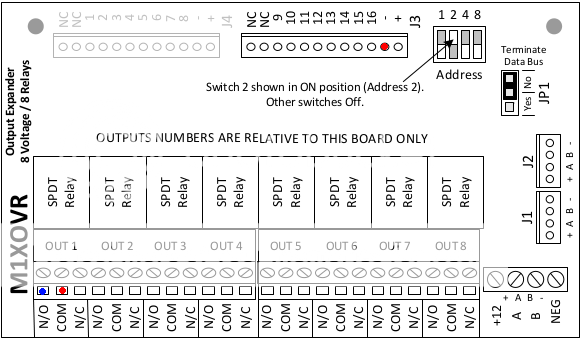DELInstallations said:To the OP, either you'd need to invert the rule action (ON is actually OFF, etc.) or use a relay to invert the actual trigger and become a switched negative instead of the switched positive the M1 provides.
Sorry, maybe I'm being a bit dense here, but I'm still not certain what exactly I need to connect to terminal 5 on my motion sensor. Would you be able to walk me through it?
My M1XOVR can provide a relay (NC or NO), a switched 12V output, or a constant 12V source.
I can have the rule rule trigger the relay/output on when either armed or disarmed, makes no difference to me.
Thanks!

